The difference between a kids bike and an adult bike extends far beyond just size. While both serve the same core function—transportation and recreation on two wheels—they differ significantly in geometry, safety features, materials, weight, and component complexity, all of which are tailored to suit the unique physiological and developmental needs of their respective users. Understanding these differences is crucial for parents, product designers, retailers, and manufacturers to ensure that young riders are not only safe but also comfortable and confident as they develop their cycling skills.
First and foremost, frame geometry in kids bikes is distinctly different from that of adult bikes. Children’s bikes are designed with shorter top tubes, lower stand-over heights, and more upright seating positions. This geometry provides easier mounting and dismounting, better visibility, and a more stable and confidence-inspiring ride. In contrast, adult bikes tend to have a more aggressive frame geometry that supports efficient power transfer, greater speed, and optimized aerodynamics—features that are unnecessary or even detrimental for young children who are just learning to balance and pedal.
Wheel size is another defining difference. Kids bikes use wheels ranging from 12 inches (for toddlers) up to 24 inches (for preteens), while adult bikes typically start at 26 inches and go up to 29 inches. The smaller wheels on kids bikes contribute to a lower center of gravity, making it easier for children to balance and handle the bike. In addition, kids bikes usually have proportionally narrower hubs and shorter crank arms to accommodate shorter legs and a narrower stance, known as the Q-factor, for improved comfort and pedaling efficiency.
One of the most critical distinctions lies in the weight-to-rider ratio. Kids bikes are often criticized for being disproportionately heavy relative to a child’s body weight. Manufacturers that focus on performance-oriented children’s bikes often prioritize lightweight materials like aluminum or magnesium alloys to ensure that the child can maneuver and control the bike effectively. Adult bikes, on the other hand, are generally better balanced in this regard, as adults have the strength to manage heavier frames made of steel or carbon fiber.
Component complexity also differs greatly. Kids bikes typically feature simplified drivetrains—often single-speed or with a limited number of gears—to reduce maintenance and simplify learning. Many bikes for young children come equipped with coaster brakes, which engage by pedaling backward, because small hands may not yet have the strength or coordination to use hand brakes effectively. As kids grow older, hand brakes are gradually introduced to prepare them for more sophisticated braking systems. Adult bikes, conversely, are available with a wide range of gears and more advanced braking systems like disc brakes, designed for greater control at higher speeds and on varied terrain.
In terms of safety features, kids bikes are designed with additional considerations such as handlebar pads, fully enclosed chain guards, training wheels for beginners, and reflectors or integrated lighting. These features are intended to minimize injury risks during learning and early use. Adult bikes might include lights and reflectors as well, but their safety often relies more on rider awareness and adherence to road rules, as the rider is expected to be experienced.
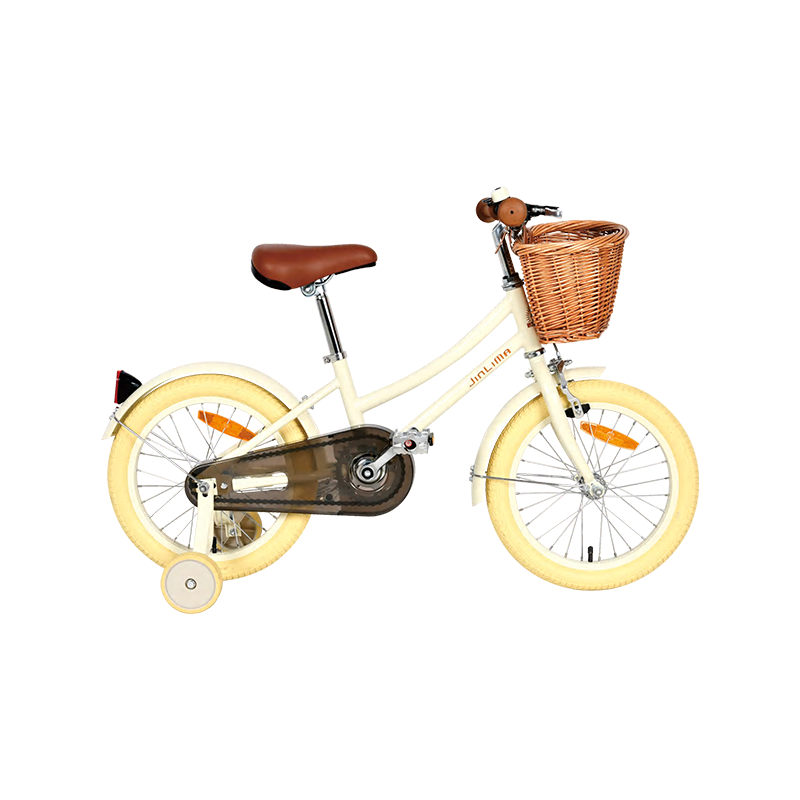
The materials and construction of kids bikes are also optimized for their specific use cases. Plastic components may be used for pedals or mudguards to keep weight and cost low, though this can affect durability. Adult bikes, in contrast, are engineered for long-term use under higher loads and often include components made from more durable metals and composite materials.
Additionally, kids bikes often feature aesthetics and design themes tailored to younger preferences, with bright colors, cartoon characters, or decorative accessories. While aesthetics also matter in adult bikes, the design focus tends to lean more toward performance, aerodynamics, or utility, depending on the category—be it mountain, road, commuter, or hybrid bikes.
Lastly, growth and adjustability are key aspects of kids bikes. Features like adjustable seat posts and handlebars allow the bike to accommodate a child’s rapid growth over a few years, helping parents get more value out of their purchase. Adult bikes may offer adjustability for fit, but not necessarily to accommodate significant changes in the rider's height or proportions.
The primary differences between a kids bike and an adult bike involve frame geometry, size, weight, complexity, safety features, and intended use. Kids bikes are designed to foster safe learning, comfort, and ease of use for smaller riders with developing motor skills, while adult bikes focus on performance, efficiency, and customization for experienced users. Recognizing these distinctions is essential when selecting the right bike for a child or designing products for the youth cycling market.


 0
0


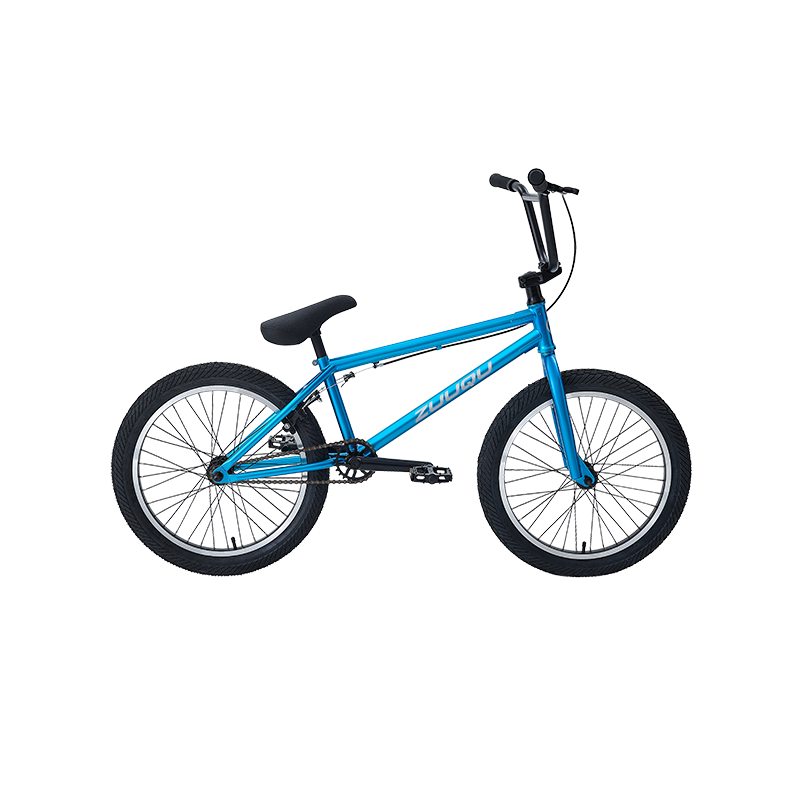

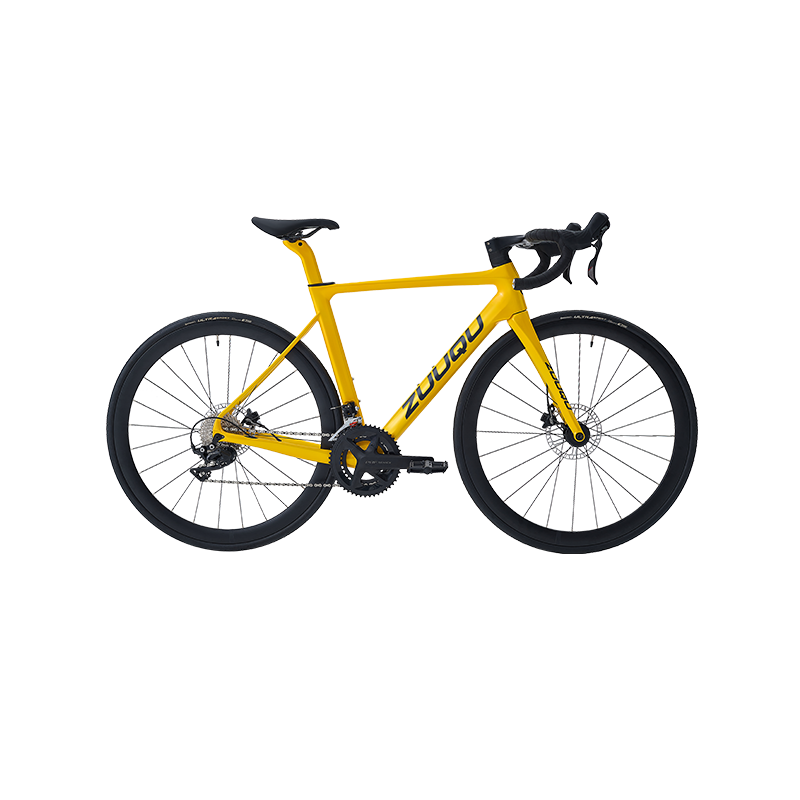
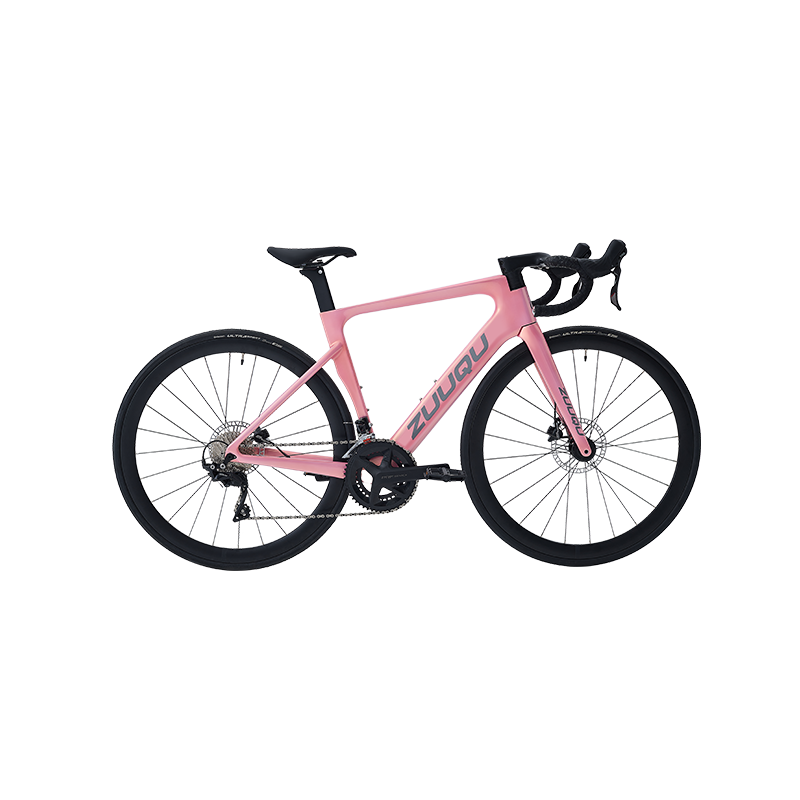
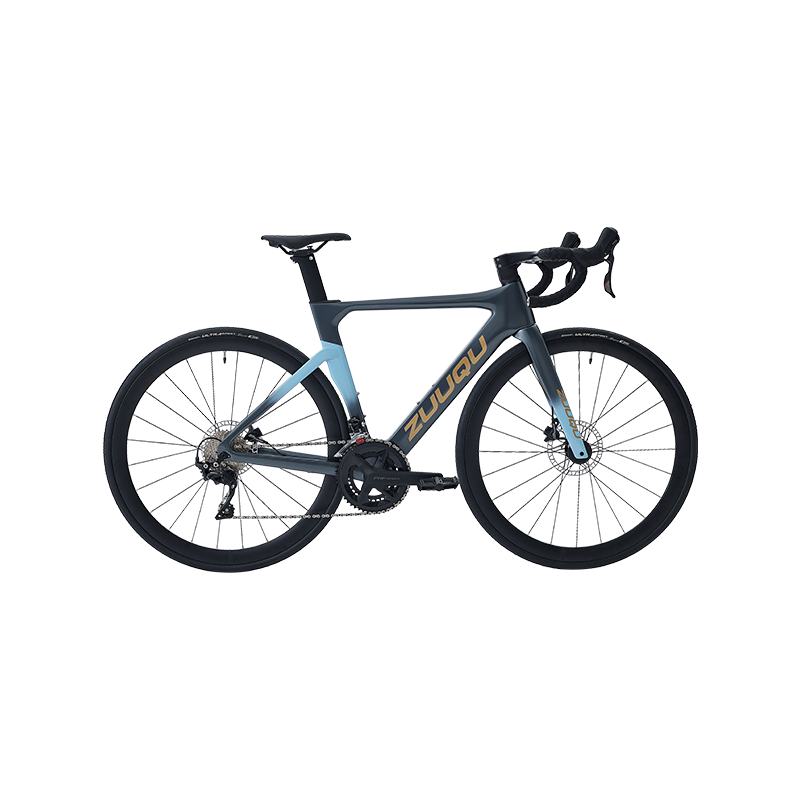
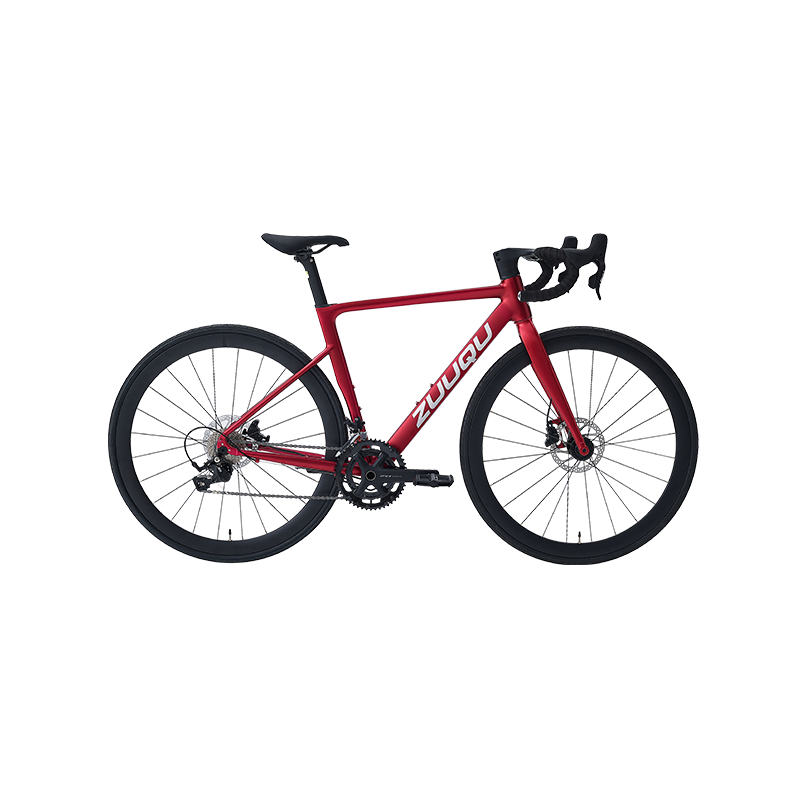
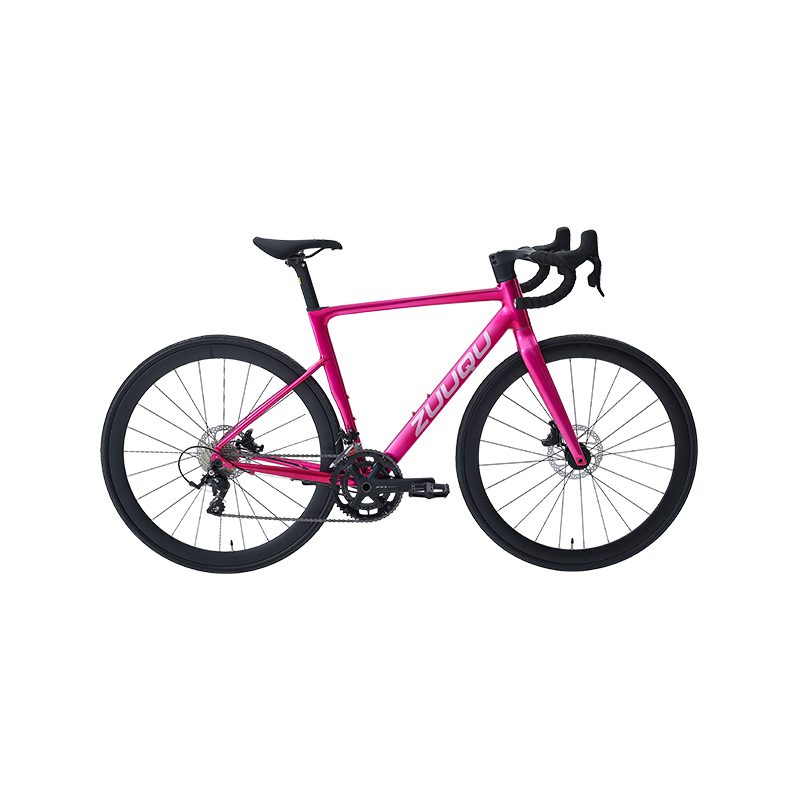
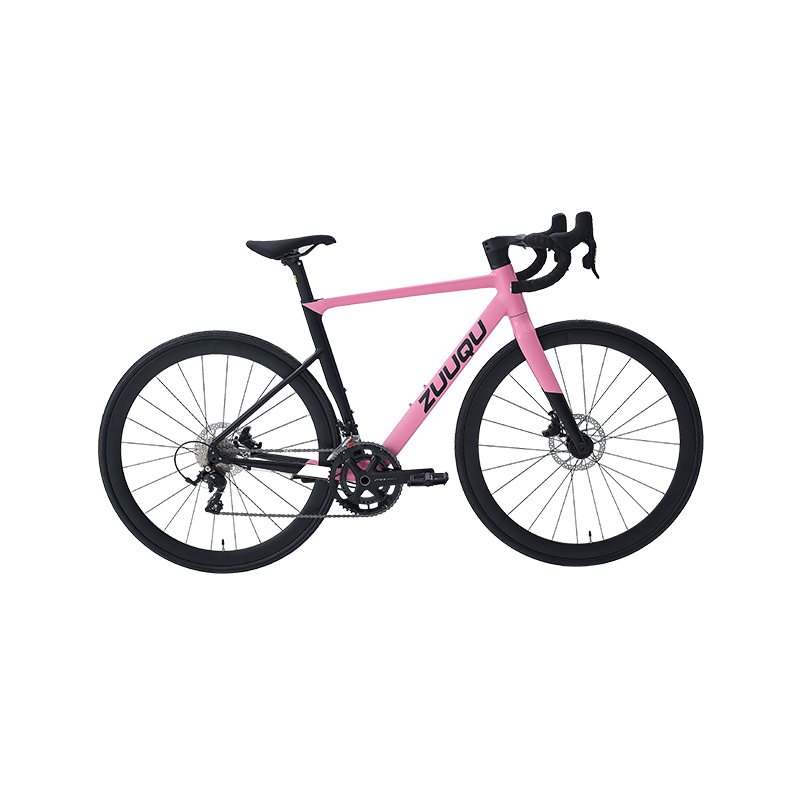
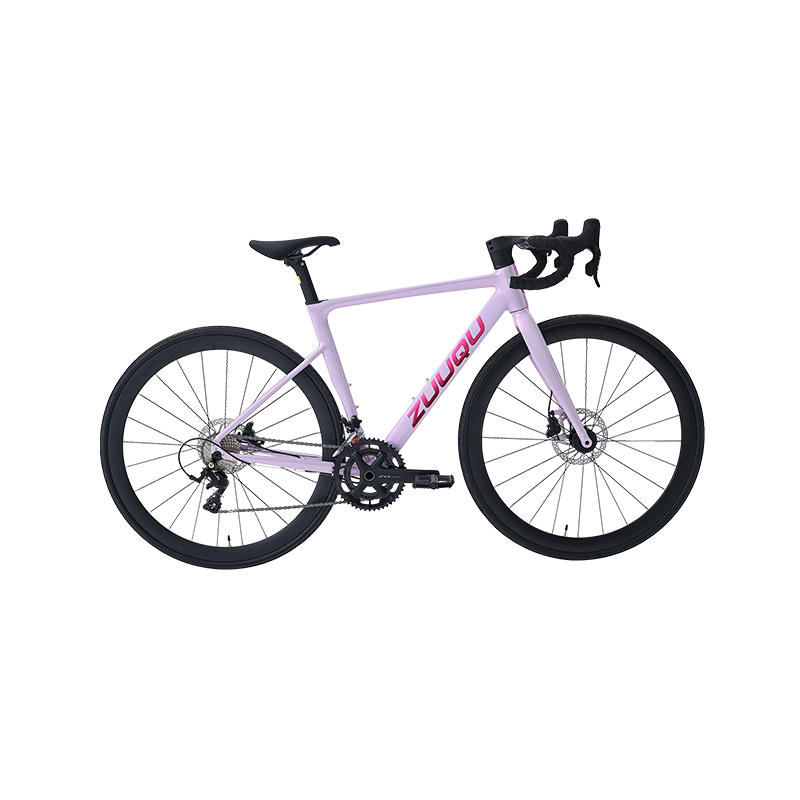
 Linhang industry park, Zhuji,
Linhang industry park, Zhuji,  +86-18858280688
+86-18858280688
